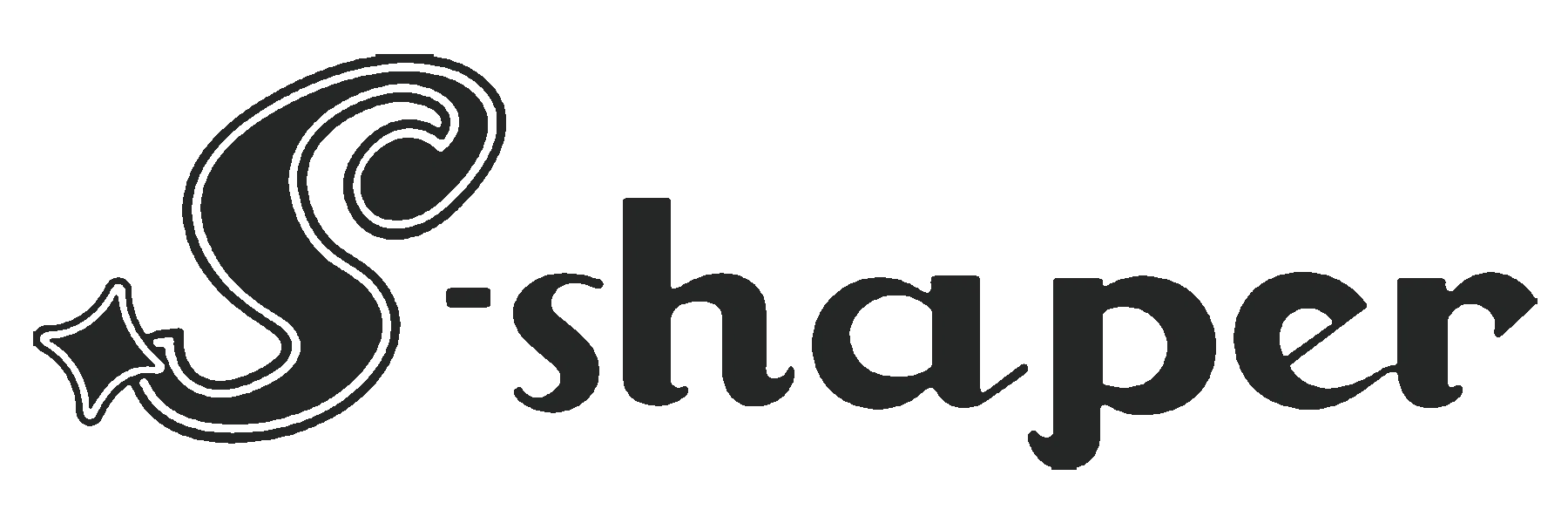¿Cómo crear una marca de lencería para su nueva empresa?
1. Estudio de mercado y selección de nicho para una startup de lencería
Antes de lanzar una línea de lencería, es esencial comprender el panorama del mercado, identificar a su público objetivo y encontrar un nicho que diferencie su marca de la competencia. Esta investigación inicial guiará tus decisiones de diseño, marca y marketing.
Por qué es importante la investigación de mercado
En el competitivo mundo de la moda íntima, los estudios de mercado le ayudan:
- Identificar lagunas en el mercado actual.
- Comprender los puntos débiles del cliente.
- Analizar las tendencias en tejido, ajuste y funcionalidad.
- Examinar los puntos fuertes y débiles de los competidores.
Segmentos clave del mercado de la lencería
| Tipo de segmento | Descripción |
|---|---|
| Confort cotidiano | Diseños sin costuras, transpirables y con sujeción para el uso diario. |
| Lujo/Diseño | Materiales de alta gama como la seda o el encaje; precios elevados; atractivo para compradores de élite. |
| Tallas grandes e inclusivas | Lencería para todo tipo de cuerpos; una demanda creciente en el mercado moderno. |
| Postparto/Enfermería | Lencería funcional para nuevas madres; incluye sujetadores de lactancia y moldeadores. |
| Novias y eventos | Piezas especializadas para bodas y eventos. |
| Atlético y funcional | Sujetadores deportivos, ropa interior que absorbe la humedad y prendas moldeadoras híbridas. |
¿Cómo elegir un nicho?
Haga las siguientes preguntas:
- ¿Qué tipos de cuerpo, estilos de vida o necesidades de la moda están desatendidos?
- ¿Puedo ofrecer algo único en cuanto a diseño o tejido?
- ¿Cuál es la misión de mi marca: empoderamiento, comodidad, lujo o funcionalidad?
Ejemplo: Dirigirse al mercado del bienestar
Existe una creciente confluencia entre el bienestar y la lencería: la ropa moldeadora se une a la ropa activa. Una marca que ofrezca lencería funcional y elegante para yoga, recuperación posparto o confianza diaria podría aprovechar un nicho emergente.
2. Desarrollar una identidad de marca única en el sector de la lencería
Una vez que haya elegido su nicho, es hora de crear una marca que resuene con sus clientes objetivo y destaque en el mercado.
Elementos de una sólida identidad de marca de lencería
| Elemento de marca | Descripción |
|---|---|
| Marca | Memorable, relevante y que refleje su misión. |
| Logotipo y tipografía | Imágenes que evocan el estilo y la sensación de su línea de lencería. |
| Paleta de colores | Elija tonos que encajen con la personalidad de su marca: pasteles suaves, rojos atrevidos. |
| Voz de marca | Cómo "habla" su marca a través de las plataformas: elegante, descarada, potenciadora. |
| Misión | Define el propósito de su marca más allá de los productos. |
| Valores fundamentales | Sostenibilidad, positividad corporal, inclusión, etc. |
Narración de historias y conexión emocional
Los compradores de lencería modernos quieren algo más que sujetadores bonitos: quieren una historia. Utiliza la narración para compartir:
- Por qué creaste tu marca.
- En qué se inspiran sus diseños.
- Cómo su marca empodera a las mujeres (o a todos los géneros).
Identidad digital y de envases
- Diseñe envases que parezcan una extensión de su marca (por ejemplo, cajas ecológicas, papel de seda delicado).
- Asegúrese de que su sitio web y sus redes sociales reflejan el estado de ánimo y los valores de su marca.
Estudio de caso: La estrategia de marca de S-SHAPER
S-SHAPER se ha labrado con éxito una presencia mundial combinando innovación, funcionalidad y moda. Su identidad de marca se centra en el empoderamiento, el estilo y la comodidad, posicionándose como líder en diseño y potencia de fabricación en el sector de la ropa interior y las prendas moldeadoras.
3. Elección del fabricante de lencería adecuado: OEM vs ODM
Una de las decisiones más críticas para una nueva empresa de lencería es elegir al fabricante adecuado. La decisión entre los servicios OEM y ODM influye en el proceso de desarrollo del producto, los costes y el control de la marca.
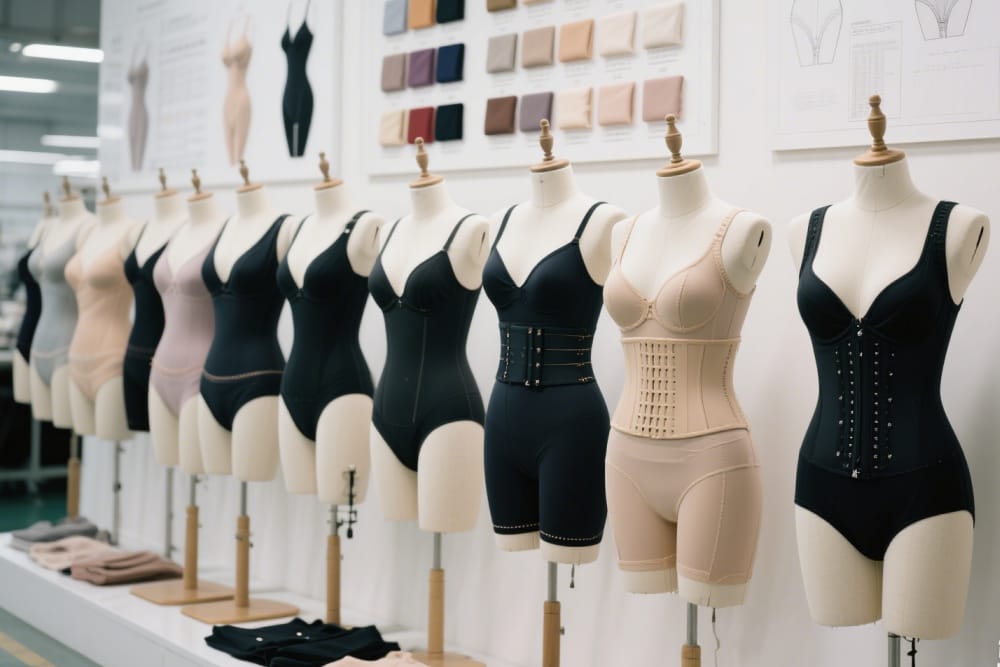
OEM vs ODM: ¿Cuál es la diferencia?
| Factor | OEM (Fabricante de equipos originales) | ODM (Fabricante de diseño original) |
|---|---|---|
| Tú proporcionas | Sus propios diseños, patrones, activos de marca. | Idea o concepto básico: el fabricante se encarga del diseño y el desarrollo. |
| El fabricante proporciona | Producción, control de calidad y, a veces, abastecimiento. | Desarrollo completo de productos, muestreo, abastecimiento y fabricación. |
| Personalización de la marca | Alta: controlas todos los detalles. | De moderado a alto, en función de las capacidades del fabricante. |
| Ideal para | Marcas con recursos de diseño y una visión clara del producto. | Startups que necesitan apoyo en el diseño y quieren soluciones rápidas para salir al mercado. |
¿Qué buscar en un fabricante de lencería?
Asegúrese de que el proveedor elegido ofrece:
- Experiencia en producción de lencería/prendas moldeadoras.
- Abastecimiento de tejidos de alta calidad.
- Cantidades mínimas de pedido reducidas (importante para las nuevas empresas).
- Comunicación y plazos de desarrollo transparentes.
- Opciones de personalización de la marca (etiquetas, rótulos, envases).
Por qué S-SHAPER es un producto de confianza Fabricante de lencería?
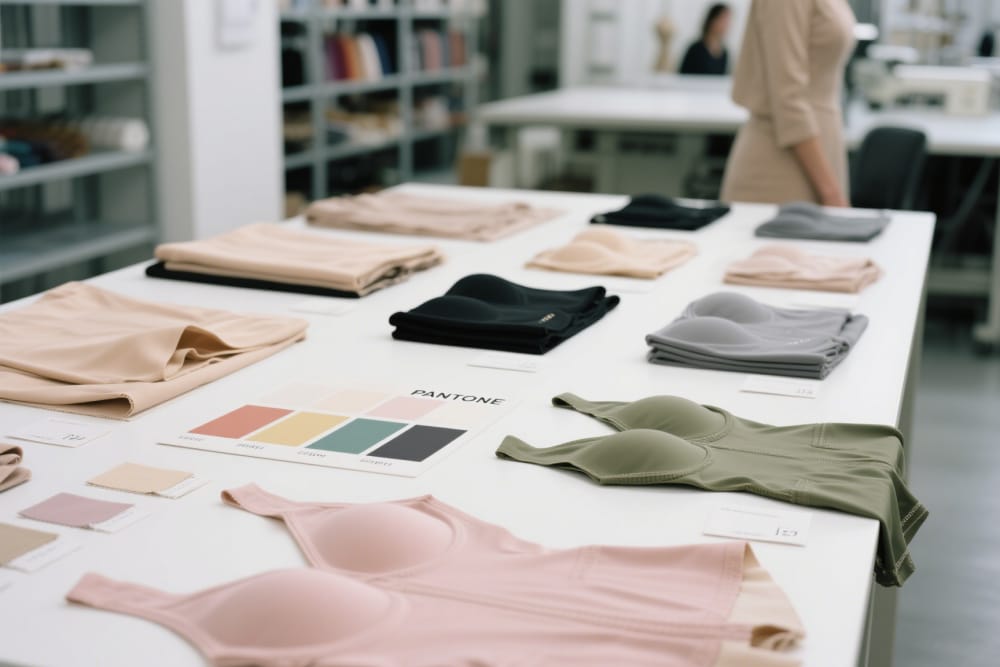
Si se abastece en China, S-SHAPER es el socio de referencia para las nuevas empresas de lencería y prendas moldeadoras. He aquí por qué:
Capacidades OEM y ODM
MOQ bajo a partir de 50 piezas
✅ Personalización completa del producto (tejido, ajuste, compresión)
Creación rápida de prototipos en 48 horas
✅ Tecnología de conformación 3D y tejido sin costuras
✅ Apoyo logístico y de almacenamiento global
Ejemplo de tabla de servicios
| Servicios ofrecidos por S-SHAPER | Descripción |
|---|---|
| Fabricación OEM | Usted aporta sus diseños; S-SHAPER se encarga de la producción y el control de calidad. |
| Soporte de diseño ODM | Los diseñadores internos le ayudan a convertir sus ideas en productos listos para la venta. |
| Marca y embalaje | Logotipos personalizados, etiquetas, etiquetas colgantes y envases ecológicos. |
| Innovación en tejidos | Tejidos que evacuan la humedad, transpirables y moldeadores para una lencería moderna. |
| Logística y cumplimiento | Más de 8 almacenes asociados en todo el mundo para simplificar la distribución internacional. |
👉 Más información sobre sus flexibles servicios OEM/ODM aquí.
4. Diseñar su primera colección de lencería: Consejos para startups
Crear tu primera colección de lencería es un paso fundamental para transformar tus ideas en productos tangibles y vendibles. Como startup, este proceso implica equilibrar creatividad, funcionalidad y viabilidad de la producción.
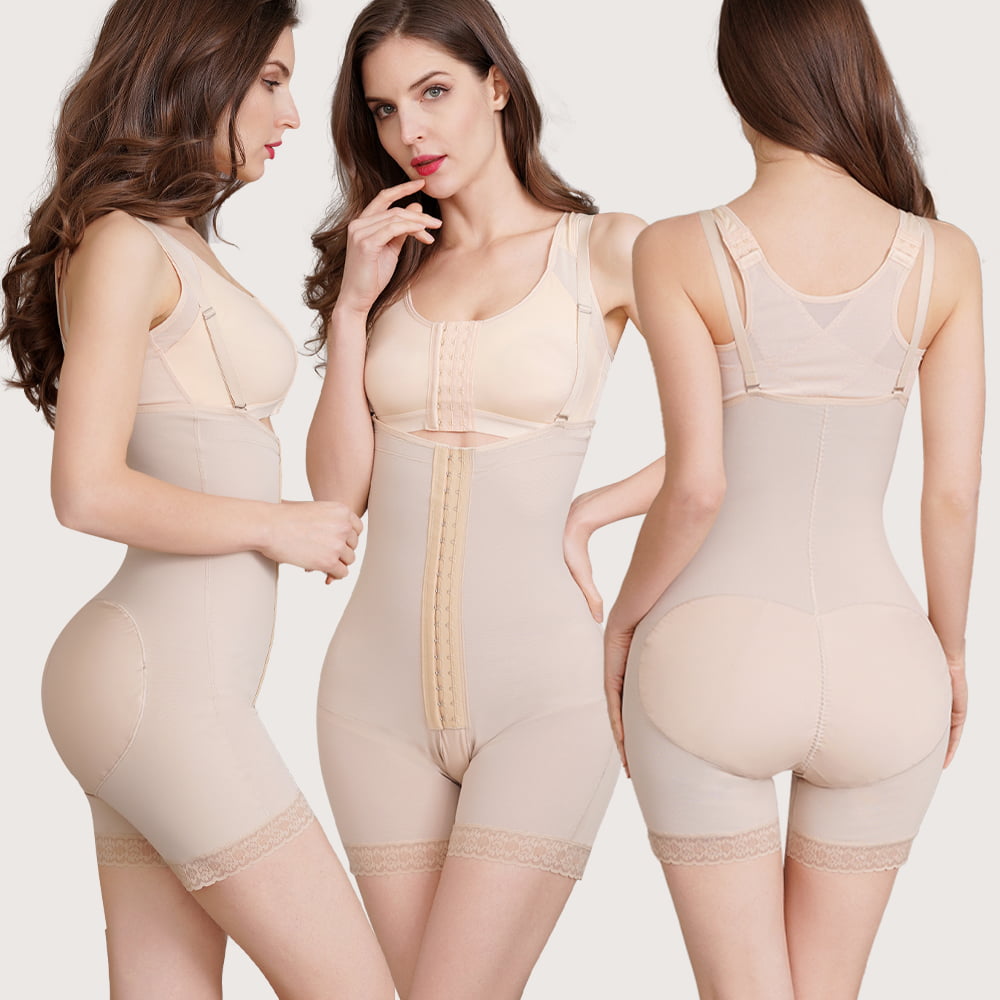
Defina sus categorías de productos
Empiece con poco y centrado. Identifique entre 3 y 5 tipos de productos básicos que se ajusten al nicho de su marca y a las necesidades de sus clientes:
- Sujetadores (por ejemplo, con aros, sin aros, bralette)
- Bragas (por ejemplo, bikini, tanga, de cintura alta)
- Bodys o peluches
- Lencería moldeadora (por ejemplo, bodies moldeadores, bragas reductoras)
- Ropa de dormir o de estar por casa (por ejemplo, camisolas de seda, batas)
Consideraciones de diseño para las nuevas empresas de lencería
| Elemento de diseño | Descripción |
|---|---|
| Ajuste y soporte | Prioriza la comodidad y el tallaje adecuado, especialmente en sujetadores y prendas moldeadoras. |
| Elección del tejido | Utiliza materiales suaves, transpirables y elásticos adecuados para la ropa íntima. |
| Detallado | El encaje, los bordados, la malla y los adornos realzan el atractivo visual. |
| Inclusividad | Ofrecen una amplia gama de tallas para adaptarse a diversos tipos de cuerpo. |
| Funcionalidad | Incluyen características como almohadillas extraíbles, tirantes ajustables o acceso para la lactancia. |
Prototipos y muestreo
Trabaje con su fabricante para desarrollar muestras iniciales. Esta fase le ayudará:
- Pruebe el ajuste y la comodidad en modelos reales.
- Ajustar los patrones antes de la producción en serie.
- Pruebe diferentes combinaciones de tejidos.
🛠️ Consejo: S-SHAPER ofrece un rápido desarrollo de muestras en 48 horas, lo que ayuda a las nuevas empresas a iterar con rapidez y adelantarse a las tendencias.
Empiece con una colección cápsula
Lanzarse con una colección cápsula (SKU limitadas con gran versatilidad) le permite:
- Controlar los costes.
- Probar la respuesta del mercado.
- Perfeccione su identidad de marca basándose en las opiniones de los clientes.
Ejemplo de diseño de una colección cápsula
| Tipo de producto | Nombre del estilo | Opciones de color | Tallas disponibles |
|---|---|---|---|
| Sujetador inalámbrico | "Luna Comfort" | Negro, Desnudo | S-XL |
| Braguita de tiro alto | "Aura Suave" | Negro, Malva | S-XXL |
| Body moldeador | "Viva la escultura" | Beige, Negro | XS-3XL |
5. Obtención de tejidos y materiales de alta calidad para su marca
La base del éxito de cualquier marca de lencería reside en la calidad de sus tejidos y materiales. La comodidad, el aspecto, la durabilidad y la funcionalidad dependen de la selección de materiales.
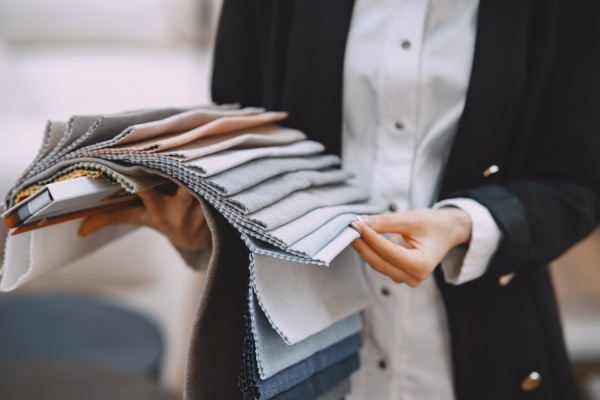
Los mejores tejidos para lencería
| Tipo de tejido | Características principales |
|---|---|
| Nylon/Poliamida | Suave, duradera y elástica; se utiliza habitualmente en lencería sin costuras. |
| Spandex/Elastano | Ofrece una excelente elasticidad; se utiliza para moldear y dar forma a los productos. |
| Algodón | Transpirable e hipoalergénico; se utiliza para forros de entrepierna y estilos de confort. |
| Encaje | Añade atractivo estético; a menudo se utiliza en adornos o lencería de piezas completas. |
| Malla | Ligero y transpirable; ideal para diseños atrevidos o sexys. |
| Modal/Bambú | Sostenible y ultrasuave; ideal para marcas con conciencia ecológica. |
Certificaciones a tener en cuenta
Para garantizar la calidad y la seguridad del tejido, compruebe:
- OEKO-TEX® Standard 100
- GOTS (para algodón ecológico)
- ISO 9001 (para la gestión de la calidad)
Estrategia de aprovisionamiento para startups
| Método de abastecimiento | Pros | Contras |
|---|---|---|
| Suministrado por el fabricante | Opciones cómodas y preevaluadas | Personalización limitada en función del proveedor |
| Proveedores independientes | Mayor variedad y control del abastecimiento | Requiere gestión logística y de control de calidad |
| Ferias/Exposiciones | Descubra los materiales de moda y establezca contactos | Consume tiempo y puede tener gastos de desplazamiento |
Cómo ayuda S-SHAPER a buscar tejidos
S-SHAPER simplifica su proceso de contratación ofreciendo:
- Recomendaciones internas de materiales basadas en la función y el estilo.
- Acceso a tejidos innovadores como las mezclas de nailon y elastano que absorben la humedad.
- Control de calidad y pruebas de durabilidad y seguridad cutánea.
🧵 Explora S-SHAPER's gama de productos para ver ejemplos de materiales de alto rendimiento en acción.
6. Construcción de un Cadena de suministro de lencería al por mayor Producción
A medida que tu startup pasa del concepto a la producción, la creación de una cadena de suministro fiable es esencial para escalar y cumplir con los pedidos al por mayor o a granel.
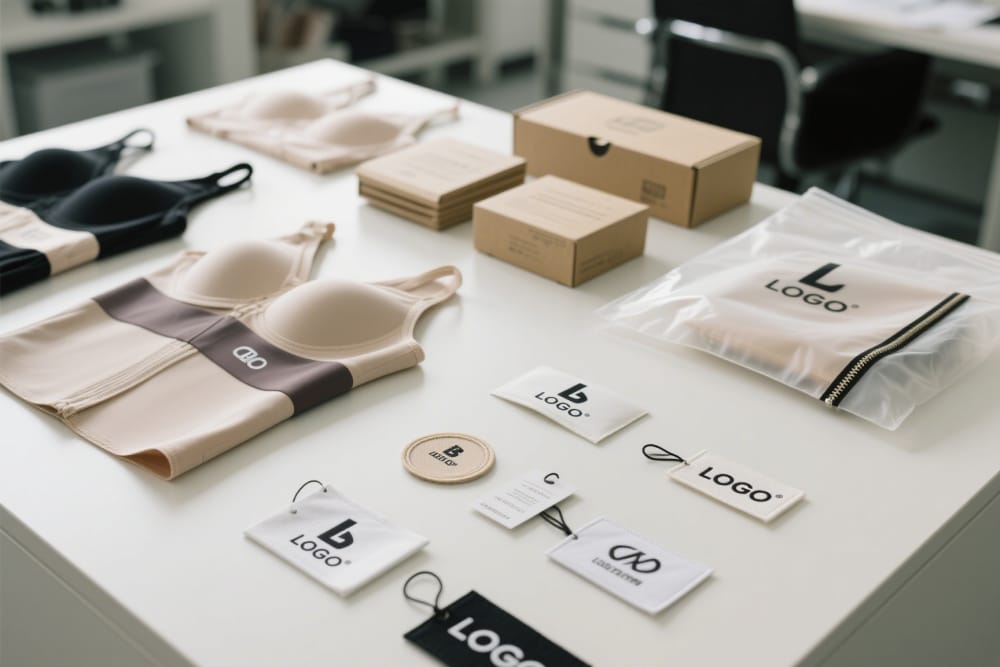
Elementos de una cadena de suministro de lencería
- Diseño y desarrollo
- Bocetos, prototipos, paquetes técnicos, aprobación de muestras.
- Búsqueda de proveedores
- Tejidos, adornos, elásticos, materiales de embalaje.
- Fabricación
- Corte, costura, control de calidad, acabado.
- Marca y embalaje
- Etiquetas, etiquetas colgantes, cajas, envoltorios.
- Logística y cumplimiento
- Almacenamiento, envío, gestión de inventarios.
Cronología de la producción mayorista (muestra)
| Fase | Duración (aprox.) |
|---|---|
| Finalización del diseño | 1–2 semanas |
| Desarrollo de muestras | 2-5 días (con prototipado rápido) |
| Producción (lotes pequeños) | 3–4 semanas |
| Producción (pedidos en serie) | 4–8 semanas |
| Envío y entrega | 1-3 semanas (dependiendo del destino) |
Elegir un fabricante con servicios integrales
Las startups se benefician de trabajar con fabricantes que ofrecen soluciones integradas para la cadena de suministro. Esto reduce el tiempo de coordinación y los errores.
Ventaja de S-SHAPER:
Con más de 8 almacenes internacionales y una red logística mundial, S-SHAPER apoya una entrega eficaz y una distribución rentable para los clientes B2B.
Consejos para optimizar su cadena de suministro
- Empiece con pedidos de pequeñas cantidades mínimas para poner a prueba a los proveedores.
- Establecer relaciones sólidas con proveedores y fábricas.
- Utilice la previsión de inventarios para evitar la falta o el exceso de existencias.
- Considere la logística de terceros (3PL) para el cumplimiento de pedidos globales.
7. Comercialización y venta de su marca de lencería a distribuidores y minoristas
Después de desarrollar sus productos de lencería y establecer su cadena de suministro, el siguiente paso crucial es llevar su marca al mercado. Para las startups B2B, esto significa posicionar su línea de lencería para la distribución mayorista, las asociaciones minoristas y las colaboraciones de comercio electrónico.
Defina sus segmentos de clientes B2B
Para comercializar eficazmente su marca de lencería, debe identificar y comprender los perfiles de sus clientes B2B ideales:
| Tipo de cliente | Descripción |
|---|---|
| Tiendas al por menor | Tiendas independientes que buscan colecciones de lencería seleccionadas. |
| Grandes almacenes | Grandes cadenas con programas de compras estacionales y estrictas normas de calidad. |
| Minoristas en línea | Plataformas de comercio electrónico como Amazon, Zalando o ASOS. |
| Marcas de cajas de suscripción | Cajas mensuales o estacionales de lencería/ropa interior que buscan opciones de marca blanca. |
| Gimnasios y estudios de bienestar | Le interesan las prendas moldeadoras funcionales y elegantes o la lencería activa. |
Crear un kit de ventas B2B
Su kit de ventas debe incluir:
- Hojas de líneas con imágenes de productos, SKU y precios al por mayor.
- Información sobre tejidos y tallas.
- Cantidad mínima de pedido (MOQ) y plazos de entrega.
- Presentación de la empresa e historia de la marca.
- Condiciones para el etiquetado privado o la marca blanca (si procede).
Estrategia de precios al por mayor
Considere un margen de 2,0-2,5 de su coste de fabricación para fijar su precio al por mayor, permitiendo a los minoristas aplicar un margen de 100% para el precio al por menor.
| Tipo de producto | Coste de producción | Precio al por mayor | Precio de venta sugerido |
|---|---|---|---|
| Sujetador sin costuras | $5.00 | $11.00 | $22.00 |
| Body de encaje | $7.50 | $15.00 | $30.00 |
| Faja alta | $4.00 | $9.50 | $19.00 |
Principales canales de venta
- Ferias de moda (por ejemplo, Curve, Mode Lingerie): Ideal para exponerse y establecer contactos.
- Mercados B2B (por ejemplo, Faire, JOOR): Llegue a minoristas de todo el mundo con menores costes de adquisición.
- Alcance directo: Contacto por correo electrónico o LinkedIn con compradores de boutiques y cadenas minoristas.
- Marketing digital: Utilice SEO, anuncios de pago y redes sociales para atraer clientes potenciales al por mayor.
Cómo ayuda S-SHAPER a las ventas B2B
S-SHAPER ofrece asistencia B2B personalizada, que incluye:
- Marca personalizada para lencería de marca blanca.
- Gestores de cuentas dedicados para clientes mayoristas.
- Opciones flexibles de MOQ a partir de sólo 50 piezas.
- Apoyo a la distribución mundial a través de almacenes internacionales.
🛍️ ¿Desea iniciar su andadura en la venta al por mayor de lencería? Contactar con S-SHAPER para hablar de sus objetivos B2B.
8. Escalar su Negocio de lencería con marca blanca y pedidos a granel
Una vez que su marca de lencería ha ganado adeptos, es hora de ampliarla. El etiquetado privado y la producción a granel son estrategias clave para ampliar tu negocio y mejorar los márgenes de beneficio.
¿Qué es la ropa interior de marca blanca?
La lencería de marca blanca consiste en colocar el nombre y el logotipo de su marca en productos fabricados por una empresa especializada. Esto permite a las startups:
- Centrarse en la marca y el marketing.
- Reduzca el tiempo y los costes de desarrollo.
- Mantener la plena propiedad sobre las ventas y la fijación de precios.
¿Por qué elegir la marca blanca?
| Ventajas del etiquetado privado | Descripción |
|---|---|
| Control de marca | Propiedad total del envasado, el etiquetado y los mensajes de la marca. |
| Mayor rapidez de comercialización | Sáltese la fase de diseño utilizando los moldes y patrones existentes del fabricante. |
| Producción escalable | Aumente fácilmente el volumen de pedidos a medida que crece la demanda. |
| Rentabilidad | Menores costes por unidad para pedidos al por mayor. |
Consideraciones sobre los pedidos a granel
| Factor | Puntos clave |
|---|---|
| MOQ | Elija un fabricante que ofrezca MOQ bajos para escalar gradualmente. |
| Plazo de entrega | Planifique la producción con 6-8 semanas de antelación para grandes volúmenes. |
| Condiciones de pago | Negociar pagos fraccionados (por ejemplo, 30% de depósito, 70% antes del envío). |
| Control de calidad | Garantizar las inspecciones en las distintas fases de producción. |
| Logística | Factor de aduanas, flete y almacenamiento. |
Cómo le ayuda S-SHAPER a escalar
S-SHAPER es un socio ideal para el desarrollo de nuevas empresas de lencería:
- MOQ flexible: Empiece con pequeñas cantidades y aumente a medida que crezca su marca.
- Servicios OEM/ODM: Elija entre sus diseños o estilos predesarrollados.
- Marca personalizada: Etiquetas, etiquetas colgantes, envases e incluso inserciones de códigos QR.
- Muestra de perfección: Prototipos en 48 horas para probar y ajustar estilos rápidamente.
- Alcance Global: Con más de 8 almacenes internacionales, S-SHAPER simplifica el cumplimiento.
📦 Explora S-SHAPER's Servicios OEM/ODM para escalar tu marca de lencería de forma inteligente.
9. FAQ: Crear una marca de lencería - Lo que deben saber los nuevos empresarios
Estas son algunas de las preguntas más frecuentes que se hacen los empresarios de lencería primerizos:
P1: ¿Cuánto cuesta crear una marca de lencería?
El coste inicial depende de su modelo de negocio. Una marca ligera, directa al consumidor, puede empezar con tan sólo 5.000-5.000-5.000-10.000, cubriendo:
- Muestreo y creación de prototipos
- Producción inicial (lotes pequeños)
- Marca y embalaje
- Establecimiento del comercio electrónico
Para la venta al por mayor o de marca propia con un inventario más grande, prevea invertir $20.000+.
P2: ¿Cuál es la mejor manera de probar mis productos de lencería?
Empieza con:
- Una campaña de pedidos anticipados (mínimo riesgo de inventario)
- Exposiciones temporales
- Mercados (Etsy, Faire)
- Muestreo de personas influyentes o "early adopters
P3: ¿Qué tallas debo ofrecer?
La inclusión es clave. Objetivo:
- Sujetadores: 30A-44DD o XS-3XL
- Bragas: XS-3XL
- Bodys/corpiños: XXS-5XL para un alcance máximo del mercado
P4: ¿Cómo puedo encontrar un fabricante de lencería fiable?
ISO9001
- Experiencia con ropa íntima
- Capacidades OEM/ODM
- MOQ y precios transparentes
- Reseñas positivas de clientes o estudios de casos
✅ En China, S-SHAPER es un nombre de confianza con años de experiencia en la fabricación de lencería y prendas moldeadoras.
P5: ¿Cuánto se tarda en lanzar una marca de lencería?
Del concepto al lanzamiento:
- Diseño y muestreo2-4 semanas
- Producción: 3-8 semanas dependiendo del tamaño
- Envíos y marcas2-4 semanas
Total: de 3 a 4 meses para un lanzamiento pequeño o mediano.
Conclusión y Llamada a la Acción
Crear tu propia marca de lencería es un viaje gratificante en el que se mezclan creatividad, estrategia y espíritu emprendedor. Desde definir tu nicho hasta elegir un fabricante de confianza como S-SHAPERCada paso determina el éxito de su marca.
Con la base adecuada, una fuerte identidad de marca y un socio fabricante que te apoye en cada paso del camino, tu startup de lencería puede pasar de ser una pequeña idea a convertirse en una marca global.
🔗 ¿Listo para dar vida a tu visión de la lencería?
✅ Empiece con muestras personalizadas, MOQ flexibles y soporte OEM/ODM experto.
📩 Contacte a S-SHAPER hoy para lanzar o ampliar su marca de lencería con confianza.
Deje que su marca fomente la confianza, pieza a pieza.
Comparte este post:
Índice
Más populares
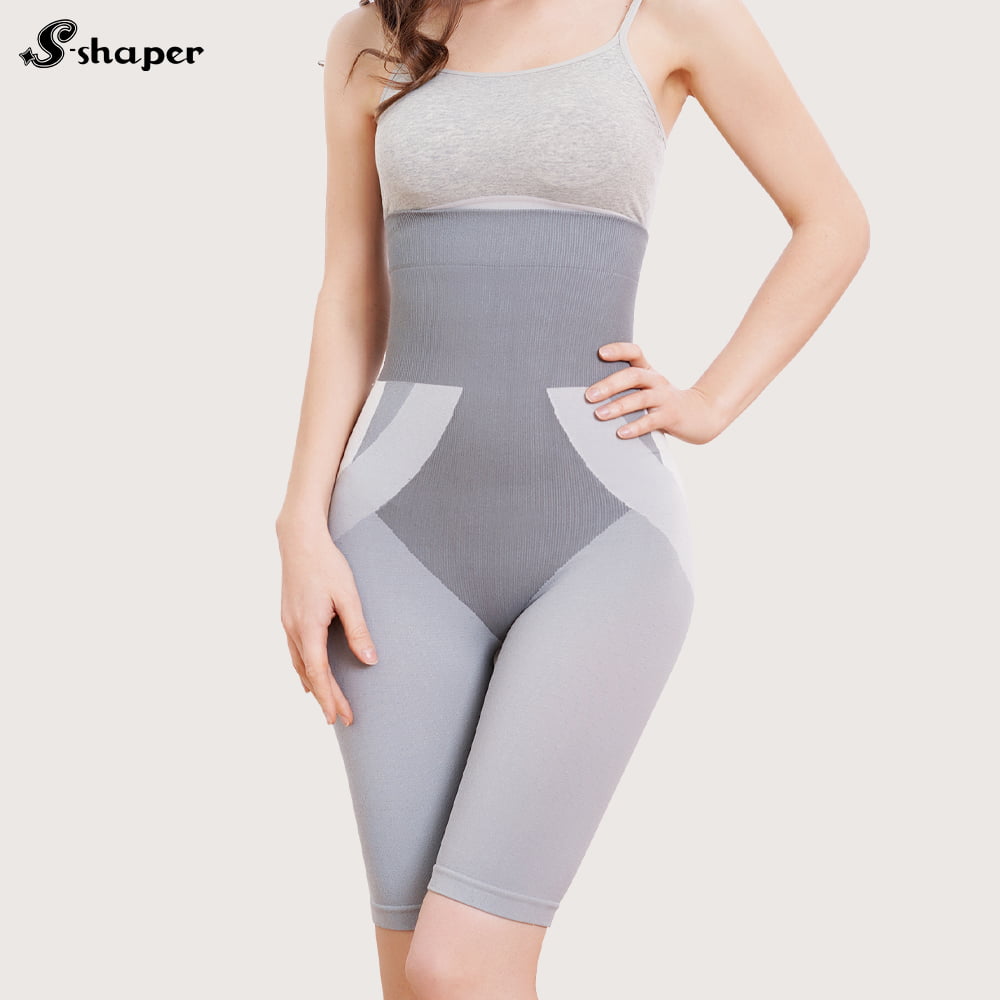
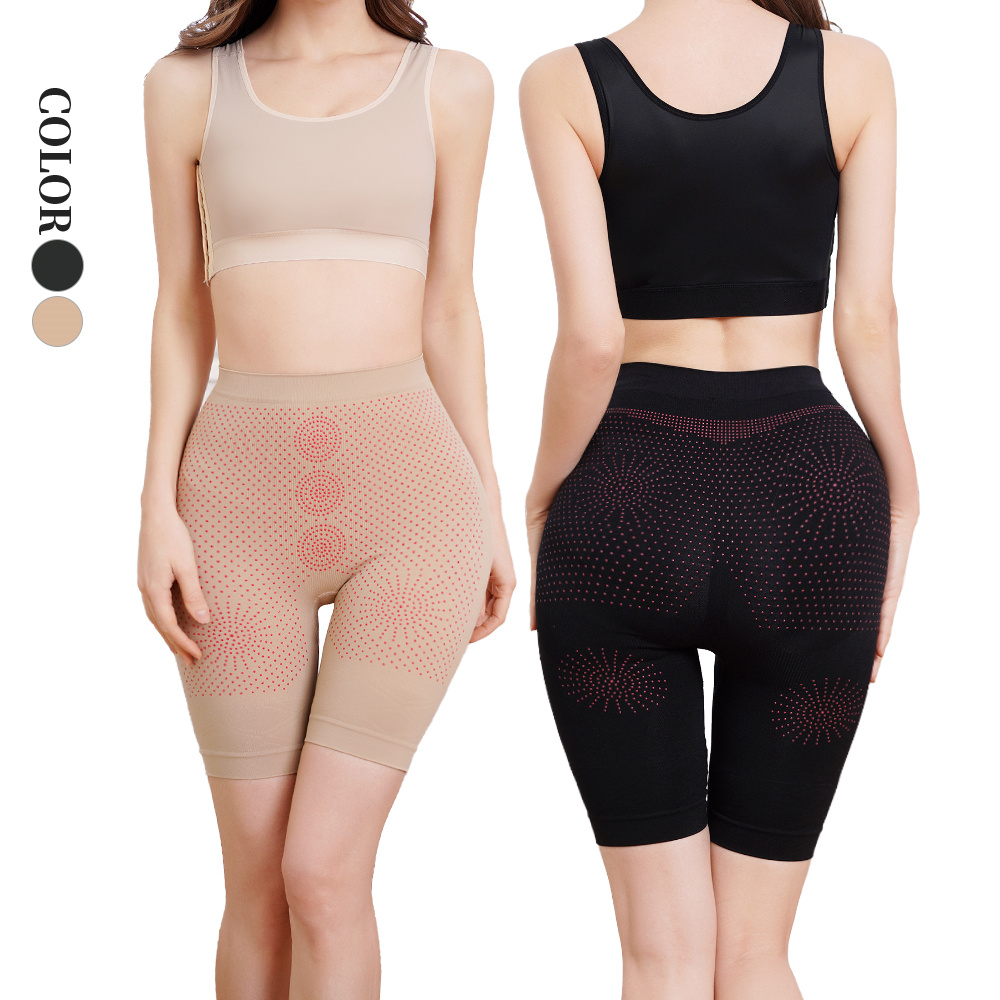
Fábrica de shorts de sudor en Sudamérica para startups de gymwear
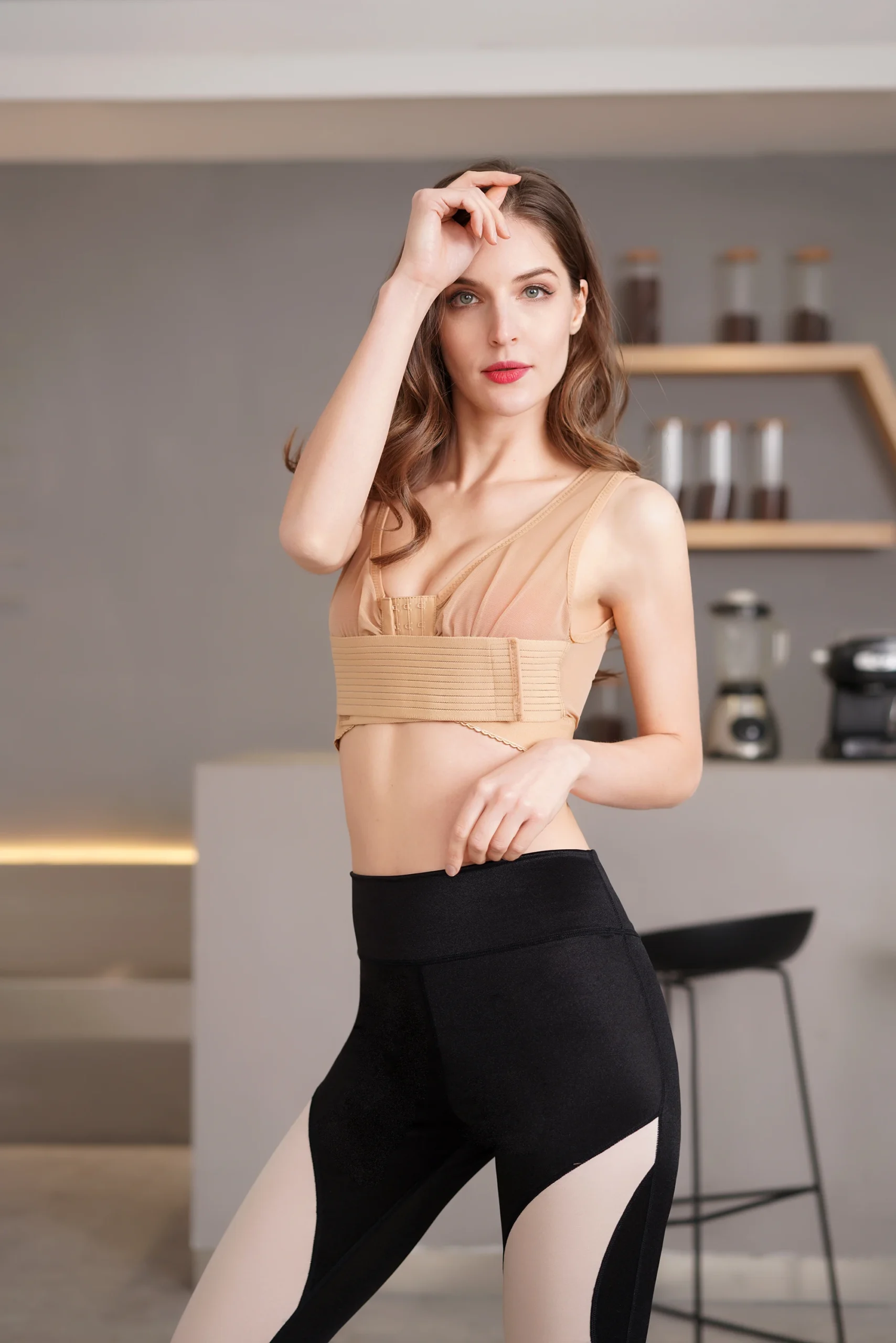
Fabricante de Cinturones de Sauna en Sudamérica para Marcas de Salud y Bienestar
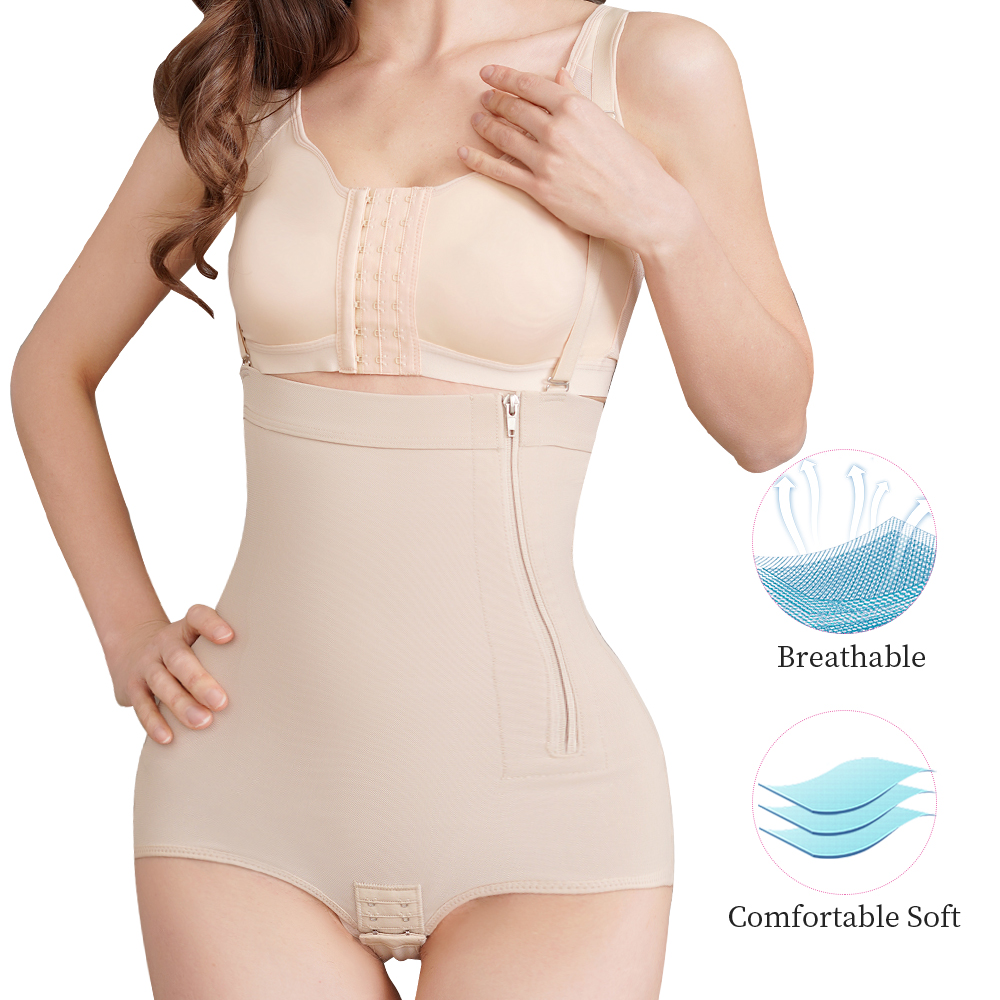
Ponte en contacto con nosotros
Entradas relacionadas

Fabricante de Mangas para Brazos en Sudamérica para Distribuidores de Ropa Deportiva
1. Por qué Sudamérica está Emergiendo como un Centro para la Fabricación de Mangas para Brazos En los últimos años, Sudamérica se ha convertido en una base estratégica de fabricación para ropa deportiva, particularmente accesorios de rendimiento como

Fábrica de shorts de sudor en Sudamérica para startups de gymwear
1. Por qué Sudamérica está emergiendo como un centro de fabricación de gymwear Sudamérica está ganando rápidamente reconocimiento como una ubicación estratégica para la fabricación de gymwear y activewear —incluyendo shorts de sudor

Fabricante de Cinturones de Sauna en Sudamérica para Marcas de Salud y Bienestar
1. Por qué las Marcas de Salud y Bienestar Están Invirtiendo en Cinturones de Sauna La industria de la salud y el bienestar está en auge a nivel global, y los cinturones de sauna han surgido como un producto destacado en la

Fábrica de bragas moldeadoras al por mayor en América del Sur para clínicas de belleza
1. Por qué las clínicas de belleza se están volviendo hacia proveedores al por mayor de pantis modeladores En los últimos años, las clínicas de belleza han evolucionado más allá de los cuidados de la piel y procedimientos cosméticos para ofrecer productos que mejoran el estilo de vida. Una de las
